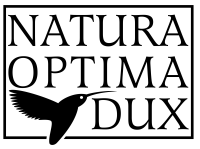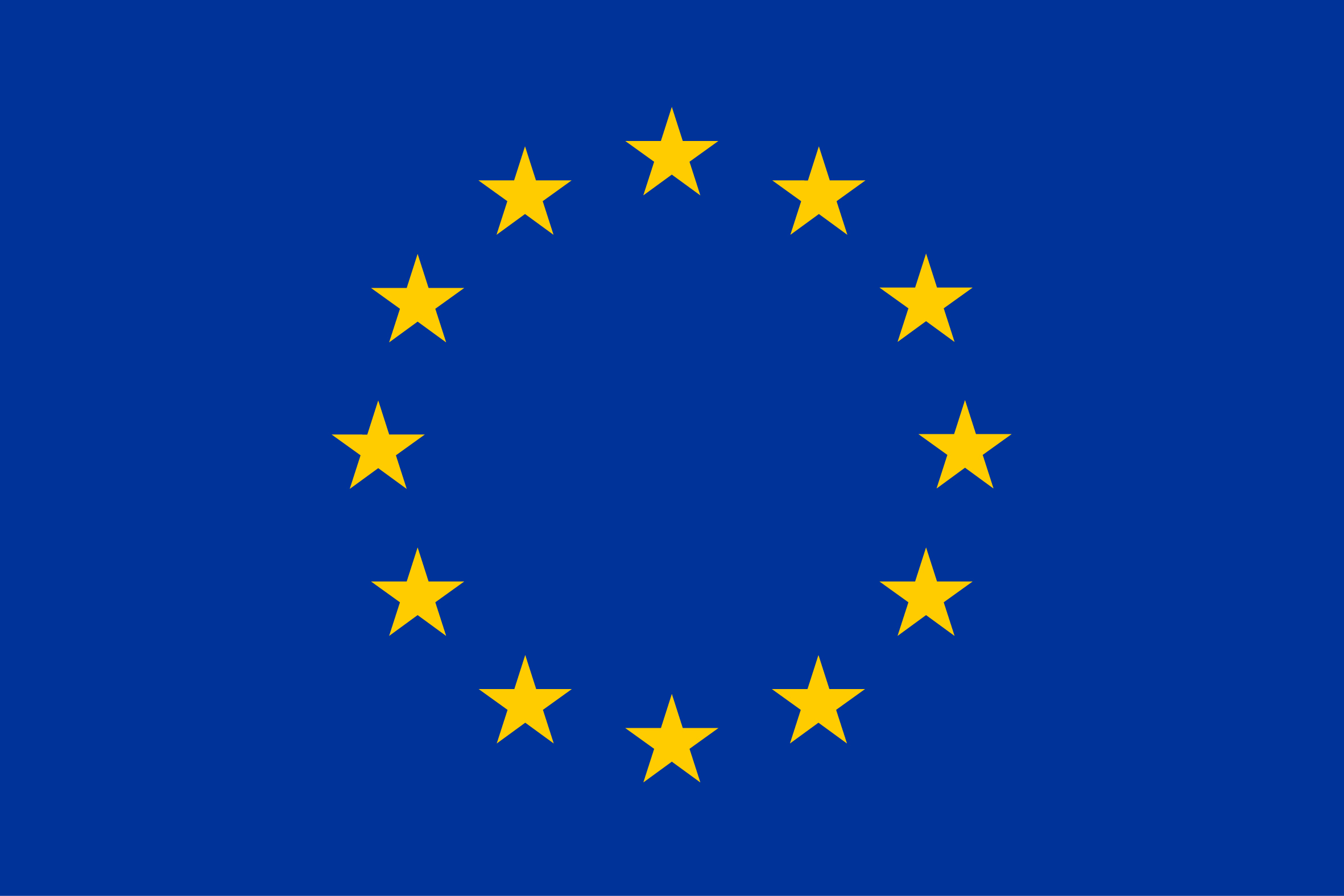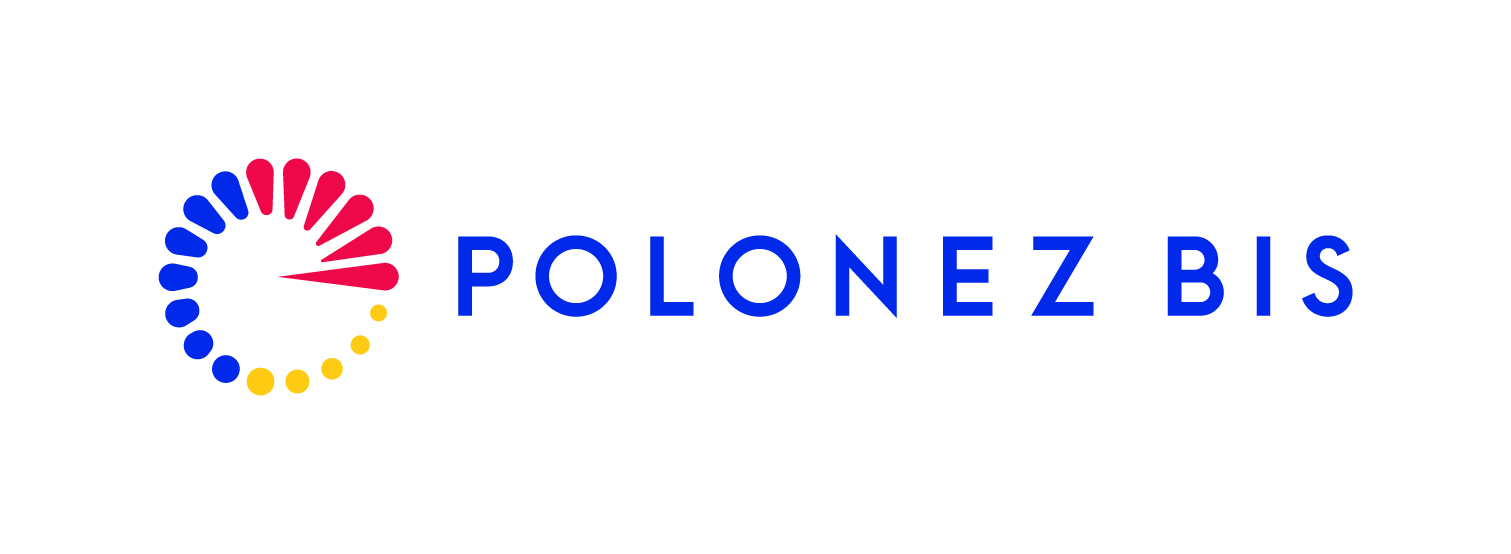Zarząd Fundacji Natura optima dux
 Skład
Skład
Przemysław Chylarecki (Prezes)
Katarzyna Rybarczyk-Mydłowska (Wiceprezes)
Alicja Bielska
Piotr Ślipiński
Regulamin
1. Zarząd Fundacji jest organem Fundacji
2. Zarząd działa na podstawie ogólnie obowiązujących przepisów, Statutu Fundacji oraz na podstawie niniejszego Regulaminu.
3. Członkowie Zarządu na swoim pierwszym posiedzeniu wybierają spośród swego grona Prezesa i dwóch zastępców. Wybór ten wymaga zatwierdzenia przez Radę Fundacji.
4. Prezes Zarządu kieruje pracami Zarządu Fundacji. W przypadku jego nieobecności funkcję tę sprawuje wyznaczony przez prezesa wiceprezes Zarządu.
5. Prezes Zarządu kieruje działalnością Fundacji, a ponadto upoważniony jest do:
- zatwierdzania sprawozdań i bilansów Fundacji
- zawieszania w czynnościach poszczególnych członków Zarządu do czasu podjęcia decyzji przez Radę Fundacji.
6. Do kompetencji Zarządu należą wszelkie sprawy związane z działalnością Fundacji, nie zastrzeżone powszechnie obowiązującymi przepisami lub Statutem.
- ustalania programu działania Fundacji oraz sposobów jego realizacji,
- ustalania struktury i wielkości zatrudnienia w Fundacji,
- podziału dochodów i środków Fundacji na poszczególne cele,
- przyjmowania darowizn, spadków i zapisów na rzecz Fundacji
- sporządzania rocznych sprawozdań z działalności Fundacji
- uchwalanie regulaminu organizacyjnego jednostek gospodarczych
7. Zarząd podejmuje decyzje w formie uchwał, w głosowaniu jawnym.
8. Uchwały zapadają zwykłą większością głosów, a w razie równości decyduje głos Prezesa.
9. W uzasadnionych przypadkach Zarząd może podjąć uchwałę w drodze obiegowej, bez odbywania posiedzenia.
10. Posiedzenia Zarządu zwoływane są przez Prezesa Zarządu lub na wniosek członków Zarządu.
11. Zmiany niniejszego regulaminu wymagają zgody większości członków Zarządu oraz zatwierdzenia przez Radę Fundacji.
12. Niniejszy Regulamin uchwalony przez Zarząd Fundacji w dniu 19 czerwca 2002 r. obowiązuje od dnia zatwierdzenia przez Radę Fundacji.
Rada Fundacji Natura optima dux
|
|
Regulamin
- Rada jest organem Fundacji.
- Rada opiniuje programy prowadzone przez Fundację oraz doradza w wyborze kierunków jej działania.
- Członkowie Rady pełnią swe funkcje honorowo i bezpłatnie.
- Rada ma prawo do wglądu do całej dokumentacji prowadzonej przez Fundację.
- Posiedzenia Rady zwołuje Przewodniczący Rady co najmniej raz do roku.
- Uchwały Rady zapadają zwykłą większością głosów przy obecności co najmniej połowy Rady z wyjątkiem uchwał w sprawie zmian Statutu, likwidacji Fundacji, zmian w składzie Zarządu oraz uzupełnienia składu Rady, wymagających woli co najmniej 2/3 składu Rady .
- W wyjątkowych, usprawiedliwionych przypadkach ważny głos może być oddany na piśmie, bez osobistego udziału w posiedzeniu Rady.
- Decyzje Rady Fundacji zapadają w głosowaniu jawnym.
- Na wniosek członka Rady głosowanie może być utajnione.
- Posiedzenia Rady Fundacji są protokołowane.
- Zmiana niniejszego regulaminu wymaga zgody całej Rady Fundacji.
- Niniejszy Regulamin uchwalony przez Radę Fundacji w dniu 14 listopada 2001 r. obowiązuje od dnia uchwalenia.
POLONEZ BIS 2


Who is pulling the strings?
The importance of nutrition in a host-parasite system
Acronym: Nutrition
This research is part of the project No. 2022/45/P/NZ8/04018 co-funded by the National Science Centre and the European Union Framework Programme for Research and Innovation Horizon 2020 under the Marie Skłodowska-Curie grant agreement No. 945339.


Principal Investigator: Enikő Csata
Mentor: Magdalena Witek
Summary
How and what animals eat has a significant impact on their lives, as evidenced by the fact that organisms ranging from yeats to humans tend to have shorter lifespans when consuming a high protein to carbohydrate ratio diet. This could be linked to the immune system, as malnutrition can weaken an organism’s ability to fight infections and, ultimately, its survival. Parasites and pathogens play an important role in animal nutrition, yet they are often overlooked in nutritional studies. Fighting infections involves a range of strategies, from physical barriers to physiological and behavioral responses. The nervous system coordinates many of these behavioral strategies, including feeding, making it an essential component in the link between animal health, the immune system, and nutrition. To better understand this link, our project will investigate how nutrition and neuronal control of behavior interact in highly integrated animal groups, such as ant colonies (Figure 1).

Figure 1. Conceptual diagram of the project.
Our hypotheses center on the importance of nutrition in the face of infection and aim to understand the link between infection and nervous system, which can be influenced by nutrition.
Using Myrmica scabrinodis ants and the obligate ectoparasitic fungus Rickia wasmannii (Fig 2), we will examine how the ratio of macronutrients in the diet affects investment into the immune response of individuals and we will explore whether neuromodulatory mechanisms underlying behavioral manipulation by parasites change according to diet.

Figure 2. Head and gaster of a M. scabrinodis worker infected with R. wasmannii (photo taken by Ciprian Mihali). For further information see Csata et al. 2017 Sci Rep, Csata et al. 2023 Comm. Biol.
The project will shed light on the complexity of host-parasite interactions and host defense mechanisms underlying animal nutrition, both at the individual and collective level.
Publications
https://scholar.google.hu/citations?user=FYwE_PsAAAAJ&hl=en
Location
Museum and Institute of Zoology of Warsaw, Polish Academy of Sciences
Group of Social and Myrmecophilous Insects Contact Enikő Csata: This email address is being protected from spambots. You need JavaScript enabled to view it. Museum and Institute of Zoology, PAS ul. ul.Twarda 51/55, 00-818 Warszawa, Polska
Tracking the Past and Present: Investigating Aegeritella Fungal Infections in Red Wood Ants
Half a century ago, Polish scientists Stanisław Bałazy and Jerzy Wiśniewski conducted a pioneering study, screening red wood ant nests for a fascinating fungal parasite, Aegeritella. Now, 50 years later, our project revisits their work, tracing how the distribution of this fungus has evolved over time. By comparing today’s infection levels with historical data, we aim to uncover the ecological changes that have occurred, shedding light on the broader impacts on red wood ant populations and their ecosystems. Our findings could reveal key insights into the resilience of species and the shifting dynamics of parasite-host relationships.

"This is where our adventure began! (Warsaw, Museum and Institute of Zoology)! A huge thanks to the amazing team of Social and Myrmecophilus Insects for their invaluable support. Onward to exciting discoveries!"

"We packed up flyers and T-shirts for all the participants! We hope they love them as much as we do!"

"And here we are: Wielkopolski National Park! We're thrilled to have an international team on board, with researchers joining us from Germany and Hungary!"

"A team has already started sampling the ant nests! The weather is on our side, making it a perfect day for fieldwork!"

"Sampling is in full swing! We marked the ant nests and collected ten individuals from each one. Personally, I can’t wait to see the results of our work!"
"A huge thank to everyone who made this project possible! With the incredible help of our volunteers, we collected 4,220 ants from 422 nests! This effort wouldn’t have been possible without the support of Polonez BIS and National Science Center (Poland). Special thanks to the Museum and Institute of Zoology, PAS for always being there when I needed it. A big shoutout to the staff of Wielkopolski National Park for their invaluable assistance. And, of course, heartfelt gratitude to Bałazy S. and Wiśniewski J. for inspiring this research journey!"

POLONEZ BIS


Alien rule: Unveiling the mechanisms used by invasive ants to adapt to current and future environmental conditions
Acronym: Alien rule
Principal Investigator: Iago Sanmartín-Villar
Mentor: Magdalena Witek
PhD Student: Srikrishna Narasimhan
Collaboration: Sara Arganda-Carreras
This research is part of the project No. 2021/43/P/NZ8/03306 co-funded by the National
Science Centre and the European Union Framework Programme for Research and
Innovation Horizon 2020 under the Marie Skłodowska-Curie grant agreement no.
945339.
Summary
The introduction of alien species into new habitats is one of the main economic and ecological problems related to environmental change, which produces the displacement of biodiversity and the contact with exotic diseases. None of the introductions changed evolution as much as the introduction of ants. The Argentine ant (Linepithema humile; Figure 1) underwent a new and unique evolutionary phenomenon when they were introduced in new areas: they lost the competition between colonies.

Figure 1. Linepithema humile worker and queen. The larger body size of queens allows them to have larger thoracic muscles and ovaries.
This produced the cooperation between vast nets of connected supercolonies (6000 km in Southern Europe; Figure 2).

Figure 2. Linepithema humile distribution and genetic-behavioural diversity in Southern Europe. Yellow dots: main supercolony (around 6000 km of connected nests; Giraud et al. 2002, PNAS). Green dot: Galizan clusters (Samartín-Villar et al. 2022, NeoBiota). Red dots: Catalonian supercolony (Giraud et al. 2002, PNAS). Blue dots: Corsican supercolony (Blight et al. 2010, Biol Invasions). Ants from different supercolonies attack each other, but not ants from different nests in the same supercolony.
The adaptation of invasive species is frequently favoured by their behavioural plasticity and cognition, it means, how individuals adapt their behavioural skills to the new environmental conditions (Figure 3).

Figure 3. Linepithema humile worker sampling aphid honeydew in their introduced distribution, which shows adaptation to new resources. Ants protect aphids from their natural predators and thus increase the economic and ecological damage of aphids.
These skills are costly because involve the investment of resources to the brain instead to other traits as reproduction, immune system or survivorship. However, it was proposed that behavioural plasticity could be based on social information rather than in individual traits. This means that colonies may reduce cost of behavioural skills by improving the communication among its members.
Unravelling whether the source of plasticity originates at the individual (brain-cognition) or collective (social information transmission) level should be a priority for understanding the invasive potential in social insects. Invasiveness could also be affected by predicted environmental changes, i.e. species would have to adapt to new areas introduced but also to new changes in those areas. A total of 87 viruses have been detected in ants, some of which can be transmitted to other species like honeybees. Both behaviour and infection potential are conditioned by temperature. Disentangle how virus infection and temperature fluctuations affect brain-behavioural plasticity would help to understand how supercolonies invasiveness will be affected in the near future. The main trait sharing all ant vast supercolonies resides in their translocation, adaptation, and invasiveness. This suggest that the new cooperation among eusocial colonies, the organization system that has gone beyond the limits known so far, constitutes a successful evolutionary process under extreme environmental changes. Current environmental changes lead to the extinction of native species, but the amplification of the success of introduced ant supercolonies. Understanding how introduced supercolonies deal with new problems and pressures seems to represent the central key for deciphering its evolutionary emergence and invasiveness. Therefore, we propose to analyse whether:
(1) individual plasticity and cognition depend on brain complexity (Figure 4);

Figure 4. Linepithema humile workers exposed to a maze to measure her decision-making and behavioural variability.
(2) plasticity depends on individual cognition or social communication in introduced supercolonies (Figure 5); and

Figure 5. Laboratory set-up to observe social behaviour in L. humile.
(3) the effect of future environmental stressors (Figure 6) as temperature fluctuations and virus infection modify the individual cognition in invasive and native ant species (Figure 7).

Figure 6. Experimental ant nests exposed to different treatments in laboratory conditions.

Figure 7. Nest showing adults and larvae of a European native species, Tapinoma nigerrimum, with similar social organization than L. humile.
We expect (1) individuals with high developed brain structures showing higher behavioural plasticity and succeed more times and faster the behavioural tests; (2) Argentine ants showing lower efficiency in solving new problems at the individual level than native ant species, but the opposite when the problem could be solved by cooperation among individuals; (3) worse outcome in individual problem-solving, observed as lower success in behavioural tests and disruption of correlation between behaviours, in individuals exposed to fluctuant temperatures and infected to virus; (4) the synergic effects of temperature and virus infection; (5) native species showing lower success in behavioural tests and greater alteration on the correlation of behavioural when exposed to fluctuating temperatures and virus infection than individuals of the invasive species.
Location
Museum and Institute of Zoology of Warsaw, Polish Academy of Sciences
Group of Social and Myrmecophilous Insects
Led by Magdalena Witek, the group is composed of one full professor (Wojciech Czechowski), four postdoc researchers (Gema Trigos-Peral, Piotr Ślipiński, Istvan Maak, Iago Sanmartín-Villar) and two PhD students (Daniel Sánchez-García, Srikrishna Narasimhan). The group focuses on the study of collective behaviour of ants, interspecific interactions mostly including ants and myrmecophilous insects, insect-plant interactions, ant pathogens, and urban effect on ant life history traits. In the last five years the group has obtained seven national projects from Polish National Science Centre including a previous Polonez 3 grant (PI: Luca Casacci). The group has a wide network of international collaborations, among others, with prof. Jurgen Heinze from University of Regensburg and with prof. Patrizia d’Ettorre from the University of Paris 13.
Contact
Museum and Institute of Zoology, PAS
ul. Twarda 51/55,
00-818 Warszawa, Polska
Iago Sanmartín-Villar: This email address is being protected from spambots. You need JavaScript enabled to view it.
News
- 10/02/2023: We completed the behavioural testing of our first experiment focusing on the neuroethology of Linepithema humile.

Violette Chiara (left) and Srikrishna Narasimham (right) after setting up the experimental groups.
14/04/2023: We travelled to Galiza (Spain) to carry out fieldwork for our second planned experiment, in which we will compare the neuroethology of Linepithema humile and Tapinoma erraticum with and without access to social information.

Iago Sanmartín-Villar (left) and Srikrishna Narasimhan (right) taking ant samples near the “Torres do Oeste” (Catoira, Galiza), the structures that 11th century Galicians used to watch for the arrival of Vikings.
- 28/04/2023: We disseminated our line of research and latest results by organising a seminar consisting of four presentations at the University of Vigo (Galicia - Spain).

Srikrishna Narasimhan explaining the behavioural tests conducted at the Łomna Biological Station (MiIZ).

Iago Sanmartín-Villar presenting the latest results on the metapopulation of Linepithema humile in Galiza.
11/06/2023. Interview about the project in the Galician newspaper Faro de Vigo.

07/09/2023. Srikrishna Narasimhan presents the preliminary results of the project and his thesis at the Ento23 congress (Falmouth, UK).
18/09/2023. Srikrishna Narasimhan and Iago Sanmartín-Villar present the preliminary results of the project in the 7th Meeting of the Central European Section of the International Union for the Study of Social Insects (Cluj-Napoca, Romania).

22/09/2023. Srikrishna Narasimhan presents at the 9th European Student Conference on Behavior & Cognition (Lisbon, Portugal).

17/10/2023. Srikrishna Narasimhan and Iago Sanmartín-Villar present the preliminary results of the project at the XII European Congress of Entomology (Heraklion, Greece).


23/10/2023. Srikrishna Narasimhan, Enikő Csata, and Iago Sanmartín-Villar conduct fieldwork and an experiment in Greece.


01/03/2024. Magdalena Witek, Enikő Csata, and Iago Sanmartín-Villar visit the Jana Brzechwy Primary School (Warsaw, Poland) to present a playful seminar about ants.

01/06/2024. Three students, Wiktoria Moczulska, Kaja Gliwicka and Julia Laszczyk spent a summer stay collaborating in our third experiment.


05/08/2024. Iago Sanmartín Villar performs his Polonez Secondment collaborating with the Association for the Ecological Defence of Galiza (ADEGA).

12/08/2024. Iago Sanmartín Villar visits the elderly care centre Iglemen (Padrón, Spain) to present a playful seminar about ants.

26/08/2024. Srikrishna Narasimhan and Iago Sanmartín Villar give talks and organise a symposium about behaviour on the International Conference of Entomology in Kyoto (Japan).













